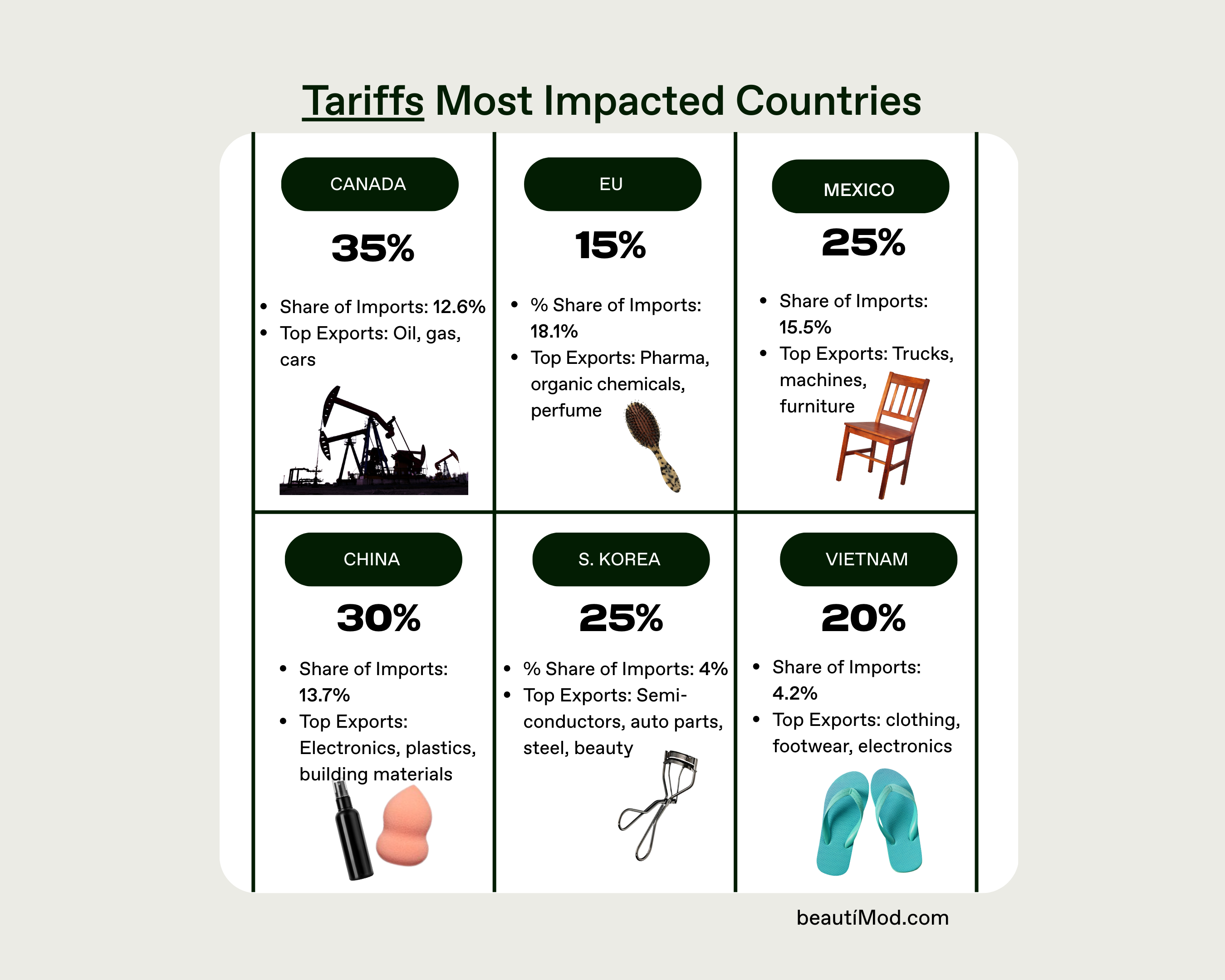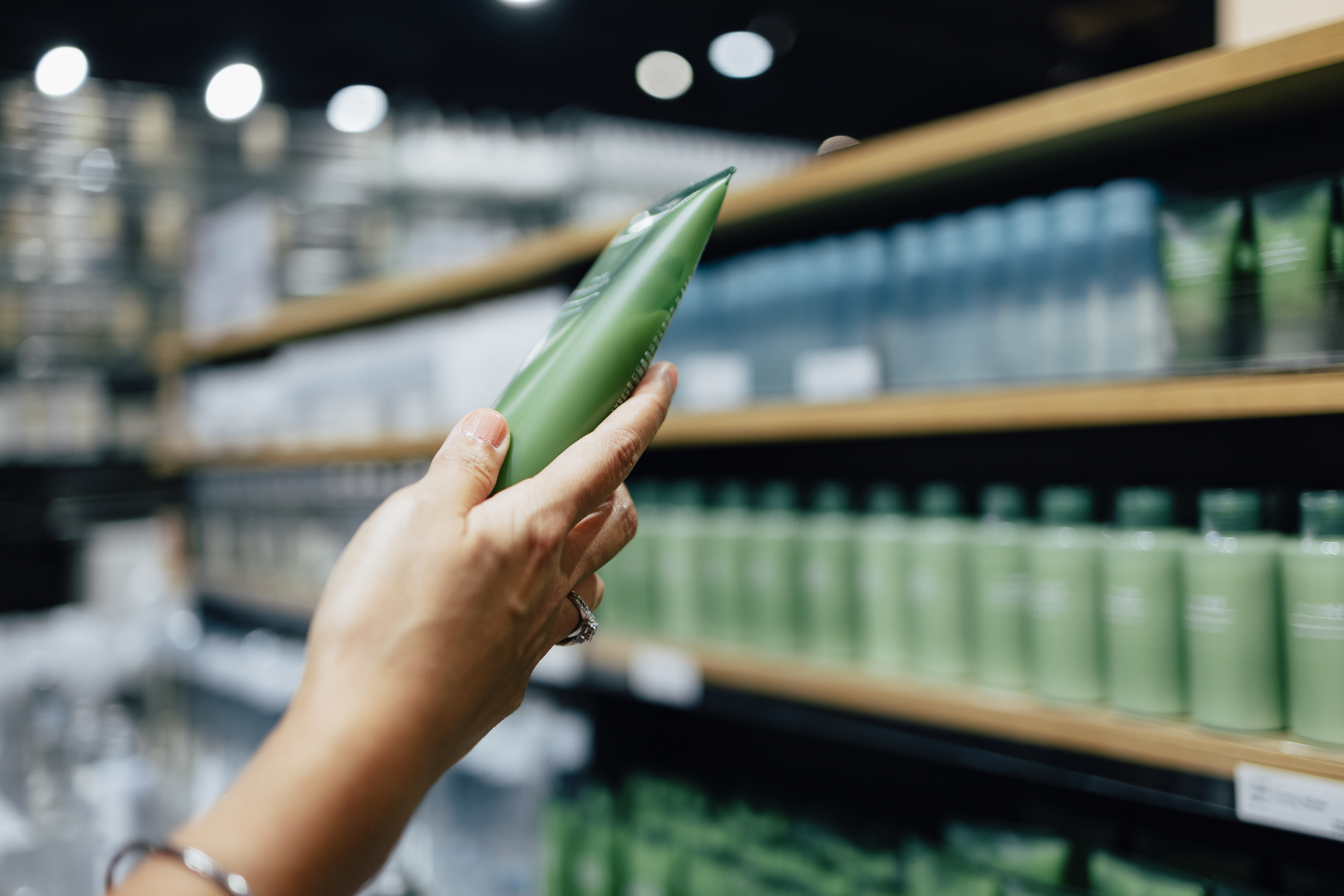Let's Talk Tariffs
The Tariff's In Town
Let’s talk tariffs. Days after November 5th, Google reported a 1650% spike in searches for the word itself and the phrase “what are tariffs?” In the seven months of the current president, the threat of tariffs has been less a singular tsunami and more a never-ending tropical storm, often resulting in diplomatically friendly countries being startled and slapped with high rates (many hovering around 40%, with 150% once quoted for China).
What even are tariffs? Simply put: it's a tax on imported goods and services, imposed by one country onto another, usually as a way to restrict the supply of the goods and always as a means of raising revenues. Tariffs are also implemented to protect domestic consumers, industries and interests. This all sounds like an easy economic win for the importing country—except in reality, it's the opposite.
Tariffs are the quickest way to a trade war between two (or a group of) nations, often regarded as the most severe consequence. More commonly, tariffs make goods more expensive, the cost of which is usually passed along to the consumer, in part because domestic industries become less innovative and reduce competition. A good source is available here.
This matters for the current situation in the US, for we import about $1 of goods for every $7 we produce; we imported about $4.11 trillion in 2024. To make up for what we don’t produce here, we enacted trade agreements with places like China, Brazil, Mexico and the European Union for all sorts of essentials, like steel, beef, plastics, and computer parts for goods both sold and manufactured in the United States. That's where the stickiness comes in.
Now in summer 2025, after the pivotal August 1 implementation, tariffs are back and sticking around this time. From on August 1st onward, imported goods bear a tariff with final negotiations standing at: 15% for the European Union and South Korea, 25% for Japan, 50% for Brazil 50% and head-scratchingly 40% for Myanmar, just to keep this list short. As of writing this, the tariffs for China, the 2nd largest exporter of goods to the US, are scheduled at 35% but on hold until November 9, 2025.

What Does this Mean for Beauty?
Everyone’s talking about tariffs because they’ll affect every industry, some more substantially than others. Beauty is poised to see price increases from both US companies and international ones, big to indie and everyone in between. Regardless of the beauty brand’s size, every aspect of the global supply chain will be impacted, with raw materials to packaging components to production lines all part of this new equation of the bottom line.
Truth is, most companies will handle the tariffs in one way: by passing it on to the consumer. Surely already you’ve seen the PSAs about price increases (or our Instagram coverage) from e.l.f. cosmetics, Saie, Glow Recipe, Amika and the Inkey List, which for the record are all American companies, albeit with suppliers in places like France, Italy, South Korea and, of course, China, from where majority of packaging arrives.
Of course there’s another option too: absorb the cost. Industry consultants and experts suspect that for K-Beauty in particular, which is a $10.2 billion global industry, conglomerates like Amore Pacific and Goodai Global (known for their indie brand portfolio) can shelter costs for the anticipated length of the tariffs that this administration sets them in place. For context, last year the U.S. imported $1.83 billion worth of beauty products from South Korea, a 54% increase from 2023. (H1 Data for 2025 has yet to be released.) These companies have high margins, but more importantly K-beauty already is accessibly priced—paying $15.25 for your favorite COSRX that used to be $14 is largely not going to impact a product’s purchasing power.
Where a consumer might default on repurchasing a product, even a holy grail or necessary staple, is when the entirety of the tariff’s increase is baked into the new price or if the customer is forced to pay customs’ duties in order to receive their goods. With new tariffs also comes new import rules, and certain ingredients or formulations, such as with SPF, are no longer allowed to enter the country as the SPF filters haven’t been approved here yet. K-beauty sunscreen devotees, take note.
Don’t forget tariffs don’t simply impact the retail side of beauty, but the manufacturing process in equal measure. Many ingredients used in cosmetics, from pigments to plant extracts and everything in between, are sourced primarily from outside the United States. Then there’s the umbrella issue affecting the entire beauty industry—the tariffs on China, where the majority of product components are sourced, which impact costs for all brands producing and distributing in the United States.
How do beauty companies plan to maneuver around this taxing question? That’s something we will be tracking. So far, it looks like every aspect of the industry is about to cost more, which will reverberate across beauty in many ways. What’s top of mind for you with the tariffs? Head over to our Community Forum to share your thoughts.
-

Julie Baumgardner, Head of Editorial
Julie Baumgardner is a culture writer, editor and journalist who's spent nearly 15 years covering all aspects of contemporary life from publications like Bloomberg, Cultured, Financial Times, New York Magazine, The New York Times, Wall Street Journal. Find her @juliewithab

What are your thoughts? Add a comment to start the conversation and don't forget to follow us @beautíMod and join our newsletter list to stay up to date on all the exciting content and conversations we have in store for you.


%20-%20tariff.png)
%20-%20tariff.png)
%5B1%5D.png)
%20.png)
.png)

Comments (0)